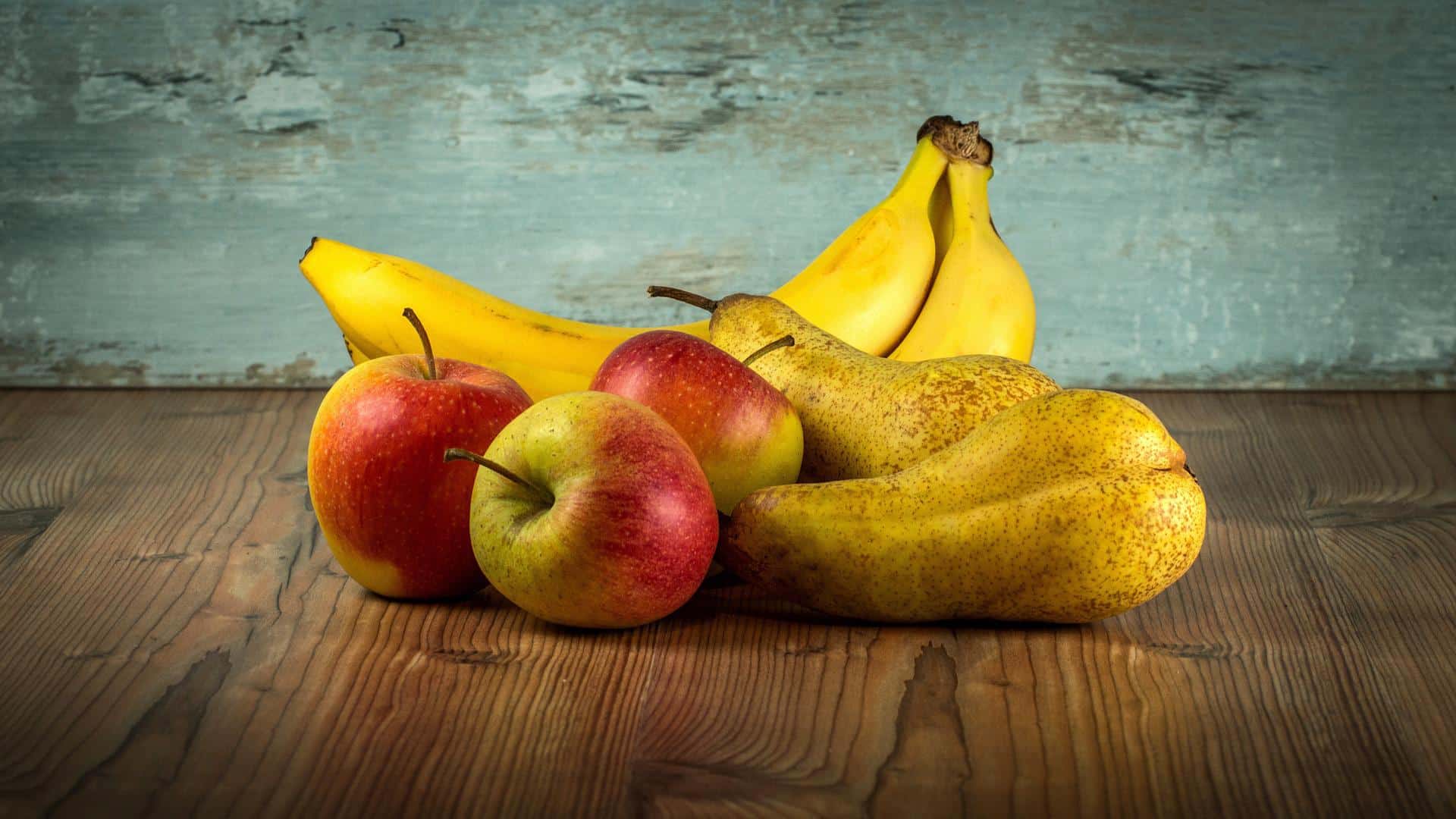Nothing compares to biting into juicy, delicious fruits. Fruits have a genuinely incredible variety of flavors, hues, and textures. There is a fruit out there for everyone to love, whether they prefer it sweet or tart, smooth or crunchy. Even better, fruits include a wealth of minerals and antioxidants that are vital for a healthy body. Therefore, the next time you're in the mood for a snack, choose some delicious fruits!
Fruits are typically the edible, fleshy, seed-containing portions of plants. Since ancient times, they have been a staple of the human diet. According to archeological data, humans were eating fruit at least 10,000 years ago. Their cultivation started at different times and in different places around the world.
Fruits are high in fiber, vital vitamins and minerals, and are low in fat and calories. Consuming a diet rich in fruits can lower your risk of developing chronic illnesses including cancer, heart disease, and stroke. Some fruits are treated to release their juices, which can then be consumed as drinks or added to other recipes.
Consume delicious fruits every day if you wish to stay healthy!
Delicious Fruits Classification
Fruits are categorized according on their shared characteristics. They are divided into a number of groups or types based on their botanical properties. The most typical classification is based on how many seeds are present in the fruit. Monocarpic fruits are those with a single seed, while polycarpic fruits have two or more seeds. Berries and drupes are examples of fruits that do not have seeds.
They can also be categorized based on how they grow. Pome fruits are ones that grow on trees, whereas berry fruits are those that grow on vines. The nutritional value of fruits can also be used to categorize them. Super fruits are fruits with a high concentration of vitamins and minerals, and diet fruits are those with fewer calories.
These delicious fruits are frequently consumed as snacks or as a component of meals. They are employed in the production of preserves like jams and jellies. Fruits may be consumed fresh, frozen, canned, or dried. The best source of nutrients is fresh fruits. Another excellent option is ones that are frozen or canned. Although dried fruits are strong in sugar, they are also abundant in fiber and antioxidants.
Citrus Fruits: Add Some Zing to Your Day
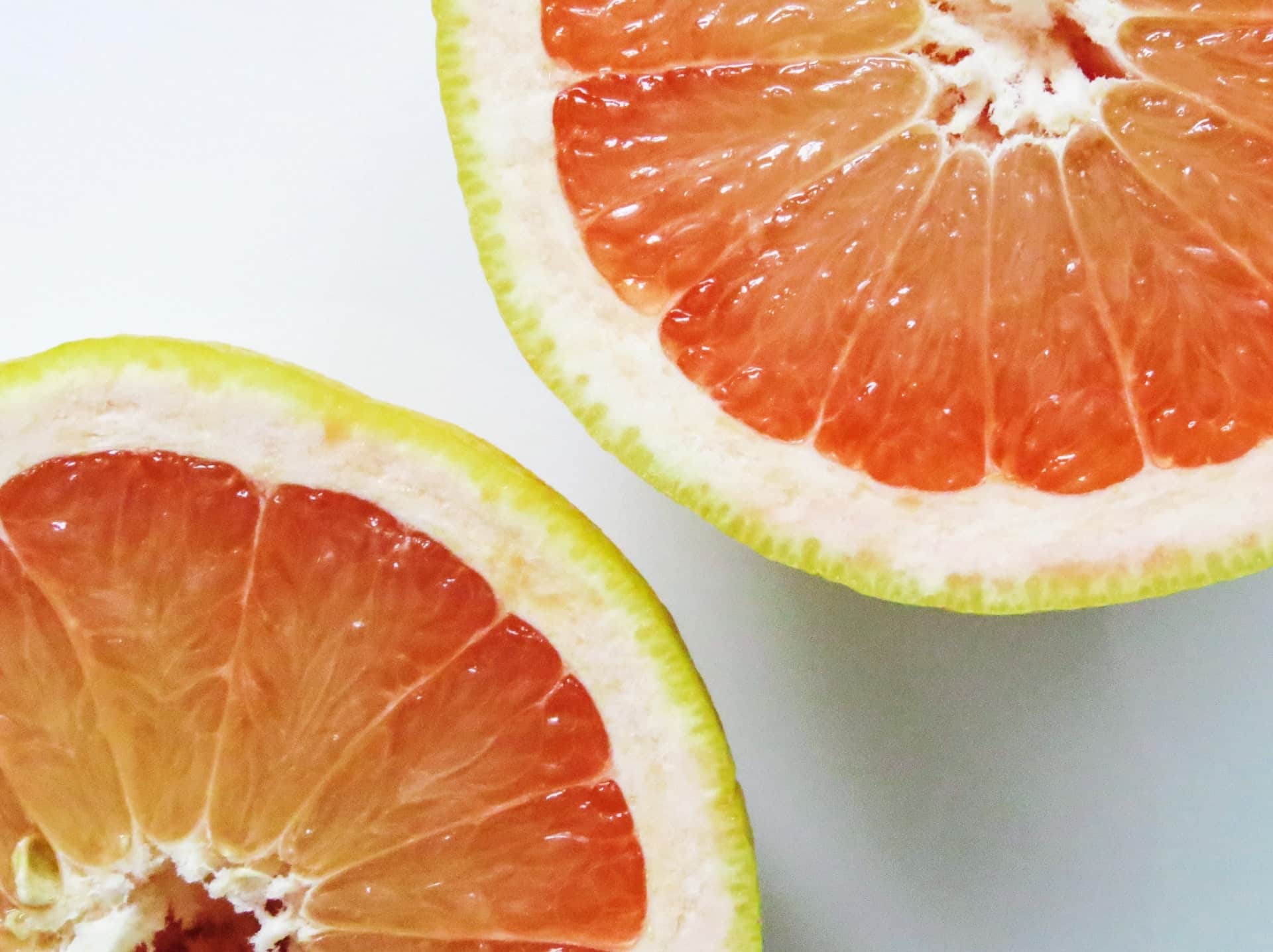
Citrus fruits have a certain quality that makes them just impossible to resist. Perhaps the tartness or the luscious meat is what makes them so good. Whatever the cause, citrus fruits are unquestionably among the most delicious fruits available. With their vivid colors and unique shapes, they are not only tasty but also pleasing to the eye. And let's not even begin to discuss how wonderful they smell!
These delicious fruits are exceptionally juicy as well. It is tough to resist the flavorful juice since it is so flavorful. These fruits are so reviving because of how juicy they are. They satisfy your hunger and quench your thirst. Why then are citrus fruits so tasty? They are appealing due to the excellent harmony of sour and sweet flavors, as well as the juiciness.
It is thought that the Malay Archipelago and Southeast Asia are where citrus fruits first appeared. They later expanded to China and Japan before reaching India from there. Oranges were possibly the earliest citrus fruit, and lemons and limes came next. Grapefruits are believed to have been bred for the first time in Jamaica in the 17th century.
They are a class of fruits distinguished mostly by their high vitamin C content and acidic flavor. Oranges, grapefruits, lemons, and limes are some of the most popular citrus fruits. These fruits play a significant role in a variety of international cuisines. Both savory and sweet foods benefit from their flavor and zest addition. Citrus fruits are not only consumed fresh but are also juiced, made into candied peel, and added to jams and marmalades. There's no denying that these delicious fruits are a nutritious addition to your diet, whether you consume them fresh, juiced, or in a dish.
Common Examples of Citrus Fruits:
- Oranges are fruits that taste great and are also an excellent source of vitamins and minerals. More than 70% of the daily necessary quantity of vitamin C is present in only one orange. Additionally, they are a good source of folate, potassium, and fiber.
- Lemons are a wonderful source of potassium, fiber, and vitamin C and are high in vitamin C. Flavonoids, which are antioxidants that can help shield cells from harm, are present in them. They are tangy and acidic, which makes them delightful. Rich and fatty foods are cut through by the acidity, which makes them taste lighter and more refreshing. Lemons' inherent sweetness helps to balance out the acidity.
- Grapefruits are a great source of potassium, fiber, and the vitamins C and A. They are a healthy option for anyone watching their weight because they are low in calories and fat. Antioxidants included in grapefruits aid in the prevention of several cancers. Because they are juicy and tangy, grapefruits are one of the best fruits. Their sweetness offsets their tartness, making them a perfect balance of flavors.
Berries: A Burst of Flavor in Every Bite

Berries are beautiful, wholesome, and delicious fruits! Why not adore it? They offer several important vitamins and minerals while also being the ideal way to sate a sweet appetite. Additionally, they come in a wide range of flavors, from tiny and acidic to sweet and luscious. There is a fruit out there for everyone, no matter what their choice.
Because of their sweetness and juiciness, berries are delicious fruits. The berries' inherent sugars provide the sweetness, while their high water content contributes to their juiciness. When you bite into a ripe berry, the sweetness is the first thing you'll notice, then the juicy flesh. Berries are among the most widely consumed fruits by both children and adults due to their sweetness and juiciness.
Berry fruits are small, round or elongated, brightly colored, sweet or sour, and frequently juiced. They are a significant source of food for numerous animals and grow on bushes and vines. The berry is the fruit of numerous plants of the Vaccinium genus, which typically has between 10 and 30 species that are indigenous to the temperate Northern Hemisphere.
Berries are typically small, although some can grow to be quite enormous. The largest berry ever discovered was over three pounds and was discovered in Baja California! Berry fruits are a crucial part of many animals' diets, in addition to that of humans. In fact, berries have been consumed by humans for thousands of years.
Although there are numerous varieties of berries, they all have some things in common. Berries often have a vibrant color, are soft, and contain a lot of water. Since most berries are rich in vitamins and antioxidants, they make a nutritious snack choice. Berries can be consumed fresh as well as made into jams, pies, and other baked products. These delicious fruits grow in all sorts of climates around the world, from tropical regions to temperate ones. Within each type of berry, there is an amazing variety; for example, there are more than 600 varieties of strawberries!
Common Examples of Berries:
- You can eat strawberries fresh, frozen, or dried; they are a tasty and healthy fruit. Strawberries have 3 grams of fiber and roughly 50 calories per cup. With one cup delivering 140% of the daily recommended dose, they are a fantastic source of vitamin C. They are also an excellent source of manganese and folate.
- In addition to being delicious, blueberries are a good source of antioxidants, vitamins, and minerals. A cup of blueberries contains about 4 grams of fiber and 80 calories. They also include manganese and vitamin K, two more essential nutrients in addition to vitamin C. Numerous health advantages of blueberries have been demonstrated, including enhanced brain and heart health.
- Raspberries are one of the little, red fruits. Among the best fruits, they have a delicate flavor. They have a soft texture and a slightly acidic flavor when fully grown. In sauces, desserts, and preserves, raspberries are commonly utilized. In one cup of raspberries, you'll get 8 grams of fiber and 64 calories. Manganese, vitamin C, and vitamin K are all present in good amounts in them. They have additionally been shown to improve heart health and reduce cholesterol levels.
Stone Fruits (Drupes): Nutritious and Delicious Fruits
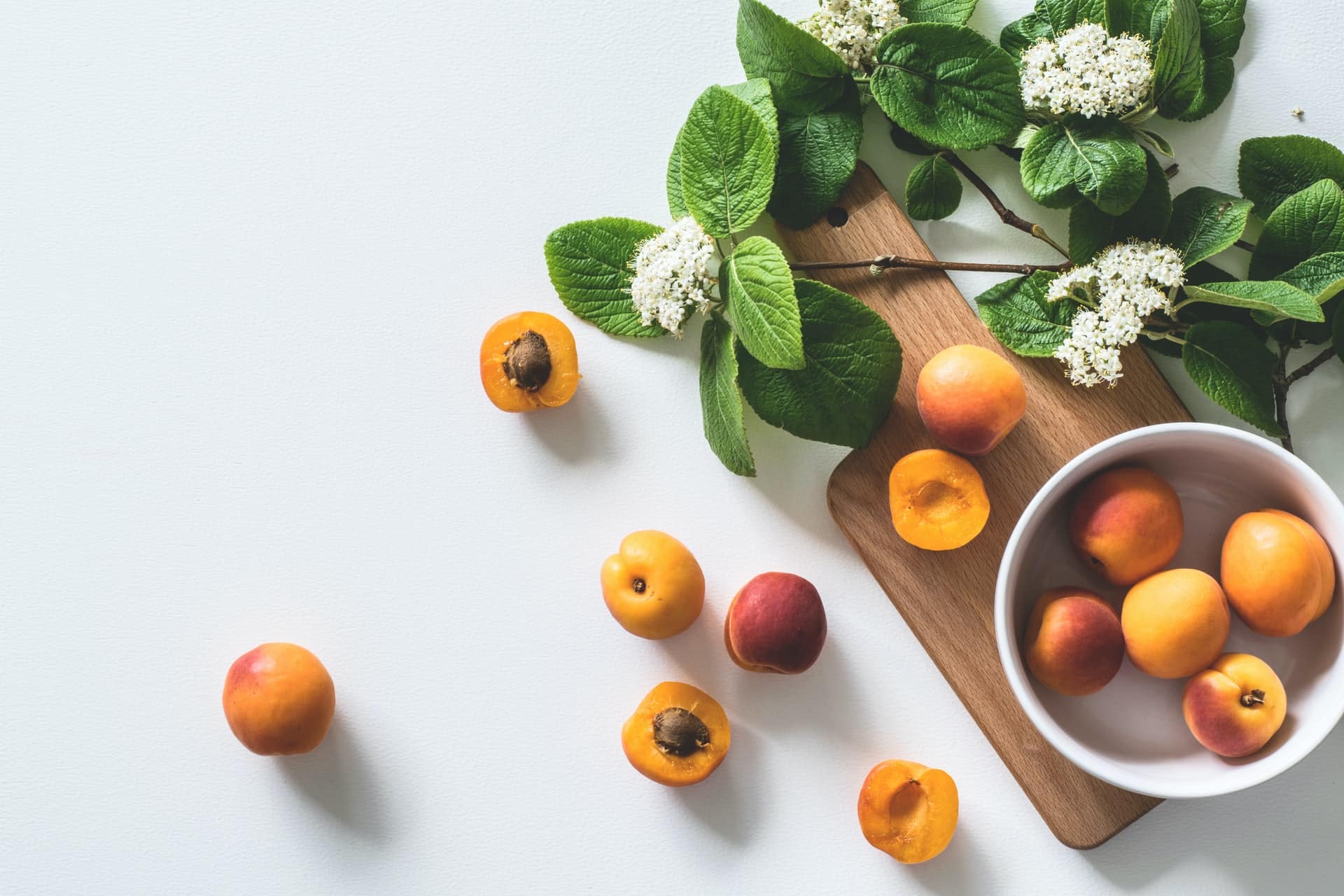
A drupe is a fruit with a hard "stone" or pit in the middle that is around by flesh. The term "drupe" also refers to almonds, coconuts, olives, and even coffee beans. The most well-known drupes are undoubtedly cherries, plums, and peaches. The name "stone fruit" refers to the enormous stone that is present in the middle of every stone fruit. Actually, this stone is the fruit's seed. The fruit's ovary is the only fleshy portion that we consume. There are a few exceptions to the rule that most drupes' stones are not edible. For instance, almonds have an edible stone that humans frequently mistake for a nut.
Drupes are delicious fruits for a number of reasons. First of all, the fruit's high sugar content gives them a distinct sweetness. Second, they are the ideal snack because of their slightly tart flavor, which is refreshing. Thirdly, they are used frequently in dishes that call for fruit, such as desserts, making them even more delectable and adaptable. Finally, they are visually pleasing because to their lovely, bright hue. Stone fruits are a delicious treat because to all of these features put together!
Drupes are classified as either simple or aggregate. Simple drupes have a single stone surrounded by fleshy tissue, while aggregate drupes have multiple smaller stones surrounded by fleshy tissue. Peaches and nectarines are simple drupes, while cherries and plums are aggregate drupes. Most stone fruits are native to warm temperate or subtropical regions of the world. They generally do not do well in cold climates, although there are a few exceptions like cherries and apricots which can tolerate colder weather if they are grown in areas with warm summers.
Cherries, plums, and other drupes like apricots and plums are excellent sources of vitamins and minerals. Additionally, they're a wonderful source of fiber, which can help you feel full and content for longer after eating. While typically healthful, these mouthwatering fruits do contain sugar and calories, so it's crucial to eat them in moderation. A fresh and ripe stone fruit is what you should choose. Avoid items that have bruises or blemishes as they could not be at their best.
Common Examples of Stone Fruits:
- Peaches are a popular example of a delicious fruits and are high in vitamins A and C. Additionally, they have magnesium, potassium, and fiber. Peaches offer some necessary nutrients along with a sweetness that can help satisfy a sweet appetite.
- Plums are a type of stone fruits packed with vitamins and minerals. Iron, potassium, magnesium, and the vitamins A, C, and K are all present in them. The sweetness of plums makes them a tasty snack or addition to a dessert.
- Apricots are an important source of beta-carotene, which the body converts into vitamin A. They also include magnesium, potassium, and zinc. Apricots are also great fruits because they are sweet, juicy, and somewhat sour, creating a well-balanced flavor. Additionally, they are highly adaptable; you can eat them fresh, dried, or even cooked.
Melons: The Ultimate Summer Fruits

Melons are a particular kind of fruit that are in the gourd family. These delightful fruits come in a wide variety, including watermelons, cantaloupes, and honeydews. A melon's flesh is typically sweet and juicy. Melons are a good source of potassium, vitamins C and A, and other nutrients. In the US, watermelons are the most often consumed melon kind. They have a green outer rind and a red inner flesh.
Melons are great delicious fruits for a variety of reasons, but one of the biggest ones is that they are incredibly cooling. Melons help you stay hydrated on a hot day because they are mainly water. Vitamins A and C, which are beneficial for your skin and immune system, are also present. Because they are made of natural sugars like fructose and glucose, they have a sweet flavor. Melons, according to some, are similar to candy but without the harmful chemicals.
Watermelons are usually round or oblong in shape and can weigh up to 90 pounds (41 kg). The world’s largest watermelon was grown in 2013 and weighed in at 159 pounds (72 kg). Cantaloupe melons have a dull-colored outer rind with a orange or yellow inner flesh. They are typically smaller than watermelons, weighing around 5 pounds (2 kg). The name "cantaloupe" comes from the Italian word "cantalupo". Honeydew melons have a smooth green outer rind and a white or green inner flesh. They are round or oval in shape and typically weigh around 3 pounds (1 kg). The name "honeydew" comes from the sweetness of the fruit’s flesh.
Melons are normally harvested from late spring to early fall and are typically planted in warm areas. The majority of melons grown in the United States are in California, Arizona, and Florida. They grow and mature throughout the course of 60 to 90 days. The actual growing period can change based on the environment, the soil, and the particular melon variety being cultivated.
When selecting a melon, look for one that is heavy for its size and has a dull sound when tapped. The stem should also be attached firmly to the fruit. Avoid melons that have bruises, cuts, or mold on the surface. To store a whole melon, keep it at room temperature for up to two days or refrigerate it for up to one week. Cut melon should be wrapped tightly and stored in the refrigerator for up to three days.
Common Examples of Melons:
- Watermelons are large, round delicious fruits with green skin and red, pink, or yellow flesh. They are sweet, juicy, and refreshing, making them the perfect summertime treat. Watermelons are a good source of vitamins A, C, and B6. They also contain potassium and magnesium.
- Cantaloupes are another example of melons that is round with smooth, hard skin. The flesh is orange or pink and is filled with seeds. They taste different from any other fruit and are inherently sweet. Vitamins A and C can be found in cantaloupes in good amounts. They also have fiber and potassium in them.
- Oval in form, honeydews have green skin. White or green in color, the flesh is sweet and juicy. Additionally, they are quite adaptable and can be used in both savory and sweet dishes. Any fruit salad would taste excellent with honeydews, which also make for a light snack. They are tasty fruits that provide an excellent source of the vitamins B6 and C. They also include folate and potassium.
Tropical (Exotic) Fruits: The Ultimate Refreshment
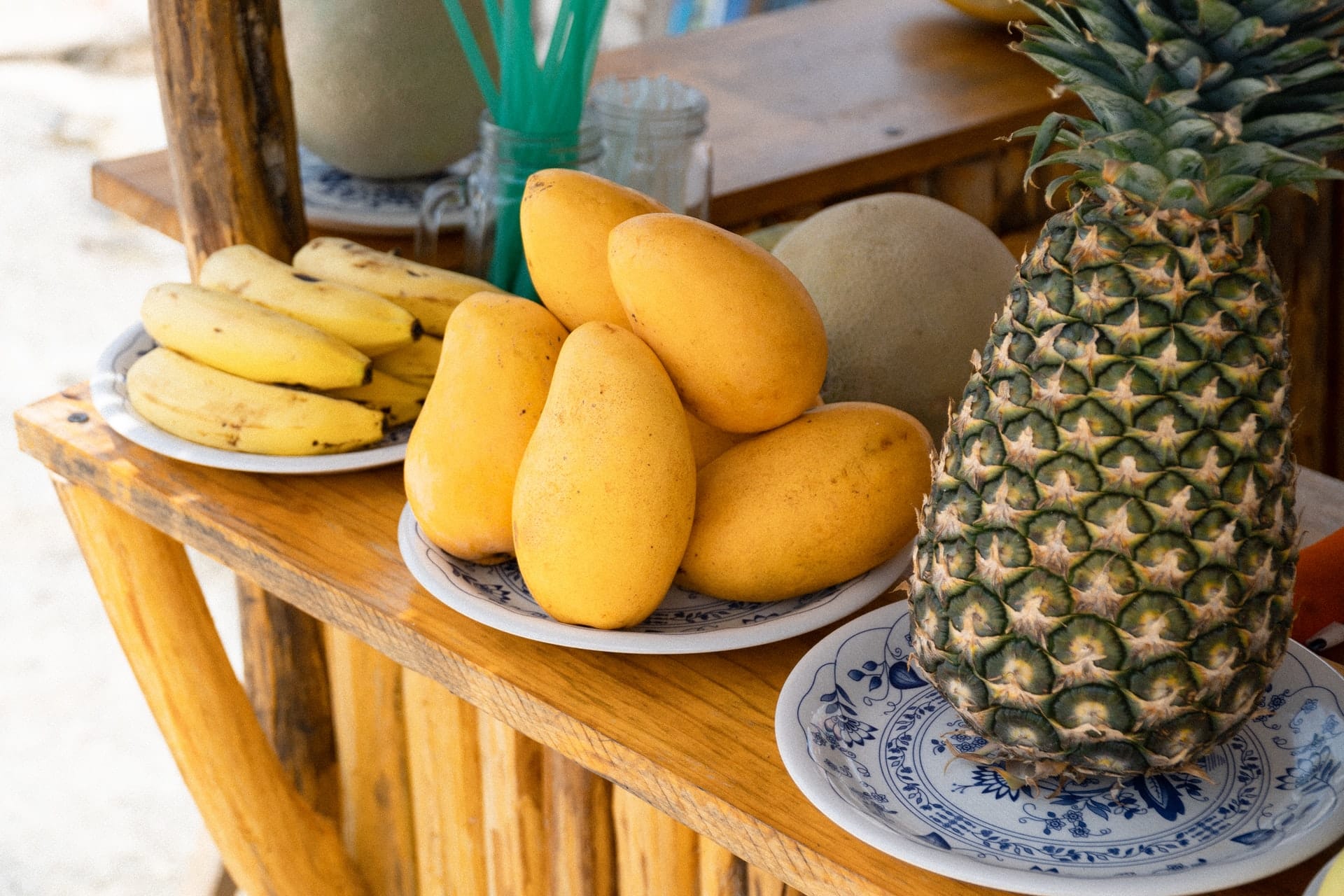
Tropical and other exotic fruits just scream "holiday" for some reason. It might be their eye-catching colors or their succulent flesh. Or perhaps it's because they are frequently seen in hot, sunny locations. These delicious fruits are a pleasant complement to every meal, regardless of the occasion.
There are numerous reasons why tropical fruits are delicious. They appeal to our innate love of sugar in part because they are frequently exceedingly sweet. They are typically fairly juicy as well, which makes them enjoyable and refreshing to consume. Many tropical fruits also have distinct flavors that are uncommon in other kinds of fruit. They may become even more exciting and delicious to consume as a result. Finally, tropical fruits are frequently aesthetically pleasing due to their vivid colors and unique shapes, which make them enjoyable to look at in addition to eating. The combination of all of these elements makes tropical fruits some of the most delectable and delicious fruits available.
Tropical fruits are the fruits that grow in tropical climates. A tropical climate is one with an average temperature of 18 degrees Celsius or higher and at least 60 mm of annual precipitation. Since different fruits enter season at different periods of the year, the tropical fruit season lasts all year long. This implies that a large selection of tropical fruits is constantly available.
Both fruits that are native to the tropics and those that are grown there fall into the category of tropical fruits. Coconuts, bananas, pineapples, and mangoes are examples of native tropical fruits. All of these delectable fruits are common in the region and are essential to the tropical diet. Avocados, papayas, and oranges are cultivated tropical fruits. Although these fruits may not necessarily be tropical natives, they have been adapted to flourish in these environments.
The most well-known tropical fruits include papayas, bananas, pineapples, mangoes, and coconuts. These fruits are frequently utilized in regional cuisine from the nations where they were grown. Their sweetness and juiciness are well-known. Because of their inherent sweetness, they are frequently used in desserts or as snacks. To give a little sweetness and taste, they can also be used in savory meals. Making a fruit salad is one of the most common ways to eat them. Use lesser-known fruits like dragon fruit or rambutan for a more exotic flavor.
Juicing or blending these fruits into smoothies is another way to enjoy them. This is a fantastic way to consume the fruits' full nutritional value without having to consume them all at once. Try nibbling on some dried tropical fruits if you're searching for a tasty and healthful snack. Papaya, mango, and dried pineapple are all excellent choices. Just be sure to thoroughly read the labels because some brands sweeten their products with sugar or other sweeteners. You're likely to find a fruit you like because there are so many different varieties!
Common Examples of Tropical Fruits:
- Bananas are a good source of dietary fiber, dietary potassium, vitamin C and vitamin B6. They are soft and easy to eat. They taste great with other foods, like peanut butter or yogurt. These delicious fruits can help you regulate blood sugar levels. One small banana has about 110 calories and 30 grams of carbohydrate.
- Pineapples are an excellent source of Vitamin C and manganese. They have a unique flavor that is both exotic and familiar. They also contain significant amounts of Vitamin B1, Vitamin B6, Copper and Fiber. Pineapples are a good source of the antioxidants beta-carotene and lycopene. One cup of pineapple chunks has 82 calories and 21 grams of carbohydrate.
- Mangoes are a good source of vitamins A and C, as well as dietary fiber. These delicious fruits also have a unique flavor that is difficult to describe. It is a mix of sweet and savory, with a hint of spice. This combination of flavors makes mangoes irresistible. They also contain smaller amounts of minerals like iron, calcium, selenium and magnesium. One cup of mango slices has 107 calories and 25 grams of carbohydrate.
Pome Fruits: Delicious Fruits for a Healthy Lifestyle
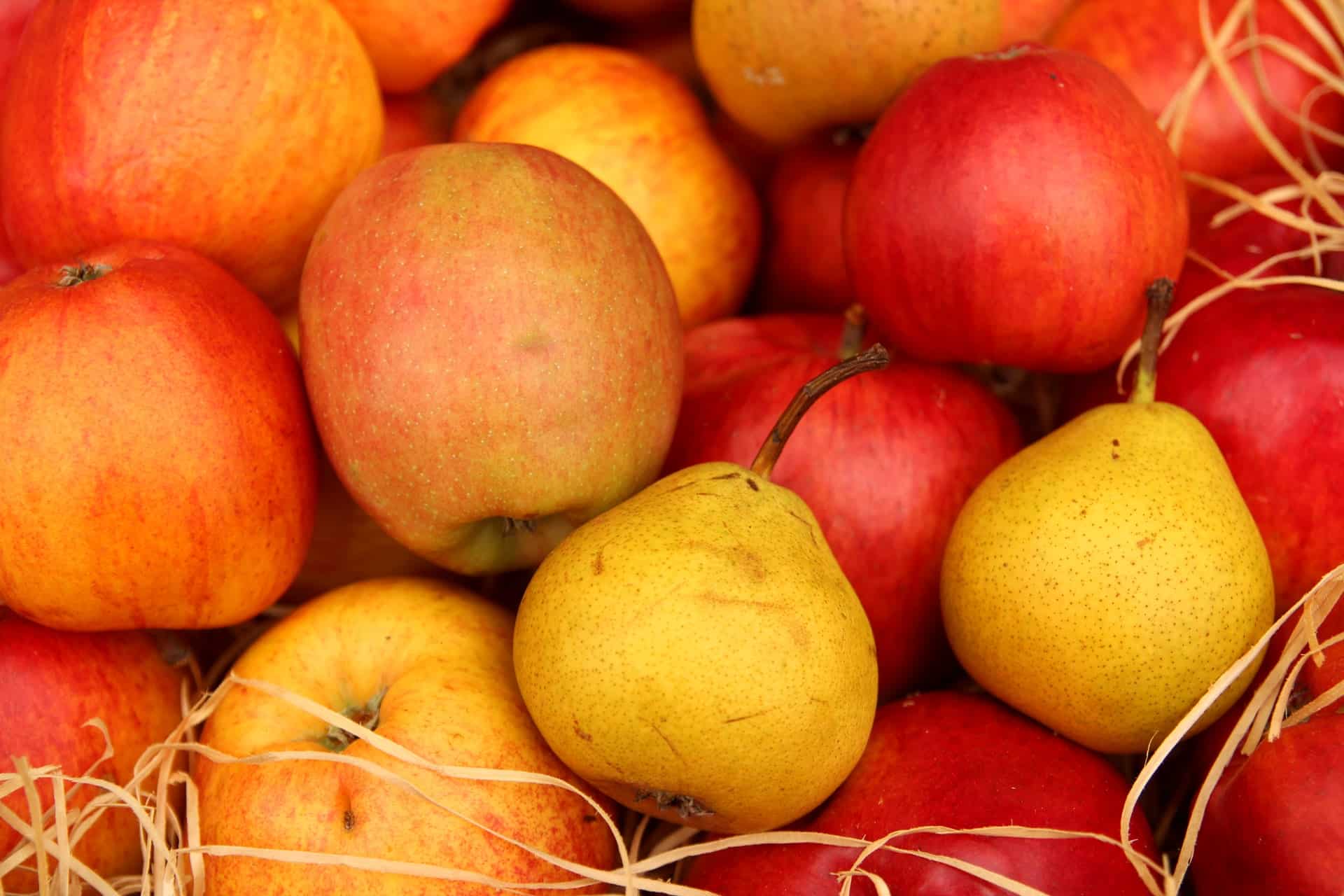
Pome fruits are a type of fruits that includes apples, pears, quince, kiwi, and medlars. These delicious fruits are distinguishable from other kinds of fruits by the peduncle, a firm, woody stem that runs through the middle of the fruit. The fruit's center is where the peduncle is attached, and pockets of seeds surround it. They normally have a spherical or oval form, and the color of their skin can range from green to yellow to red.
Due to their sweet flavor and juicy texture, pome fruits are among the most often consumed fruits. Pome fruits come in a wide variety of varieties, but they all have a few essential qualities that make them one of the most well-liked and delectable fruits. First, pome fruits have a sweet flavor since they often contain a lot of sugar. Pome fruits are also typically fairly juicy, which makes them enticing and pleasant to eat. Last but not least, pome fruits frequently have a thin skin that is simple to bite, making them a useful snack. Pome fruits are often delightful because of their sweetness, juiciness, and portability.
Pome fruits have been cultivated for thousands of years, and they continue to be an important part of the human diet today. They are thought to have originated in Central Asia, between the Caspian and Black Seas. They were first mentioned in literature by the Greek poet Homer, and later by the Roman naturalist Pliny the Elder.
Pome is derived from the Latin word "pomum", which means "fruit". There are more than 7,500 different types of apples farmed globally, making apples the most popular pome fruit. There are more than 3,000 different types of pears farmed globally, making them the second most popular pome fruit after apples. Quince and medlars are less popular pome fruits, but you can still get them in many supermarkets. Vitamins A and C are present in good quantities in pome fruits. They also include compounds with antioxidant characteristics like polyphenols. These wonderful fruits are available in tinned, cooked, or fresh form.
Common Examples of Pome Fruits:
- Apples are grown in temperate climates around the world. Their popularity stems from their sweetness and versatility in cooking and baking, especially when adhering to recipes that require precise amounts of apples. Apples are a good source of dietary fiber and vitamins A and C. They contain a type of sugar called fructose, which is metabolized differently than other types of sugar and can cause spikes in blood sugar levels.
- Pears have multiple shapes and sizes. They are typically green, yellow, or brown in color, with a sweet and slightly grainy texture. Pears are a good source of copper and vitamins C and K. Like apples, they also contain dietary fiber and fructose, but these delicious fruits have a lower glycemic index than apples, meaning they cause less of a spike in blood sugar levels.
- Quinces are native to Asia and the Middle East. They are similar in appearance to pears, but are more oblong in shape and have a yellow-green color. Quinces have a sweet taste with a hint of tartness, and a firm texture that makes them enjoyable to eat. These delicious fruits are also high in fiber and antioxidants, and have been shown to boost immunity, lower cholesterol levels, and improve digestion.
Summary
Fruits play a crucial role in a healthy diet. They are a fantastic source of fiber, vitamins, and minerals. Fruits have low calorie and fat content. They can assist you in maintaining a healthy weight and enhancing digestion. They can also aid in reducing your chance of developing some cancers, heart disease, and stroke. Therefore, consume a lot of delicious fruits each day!
